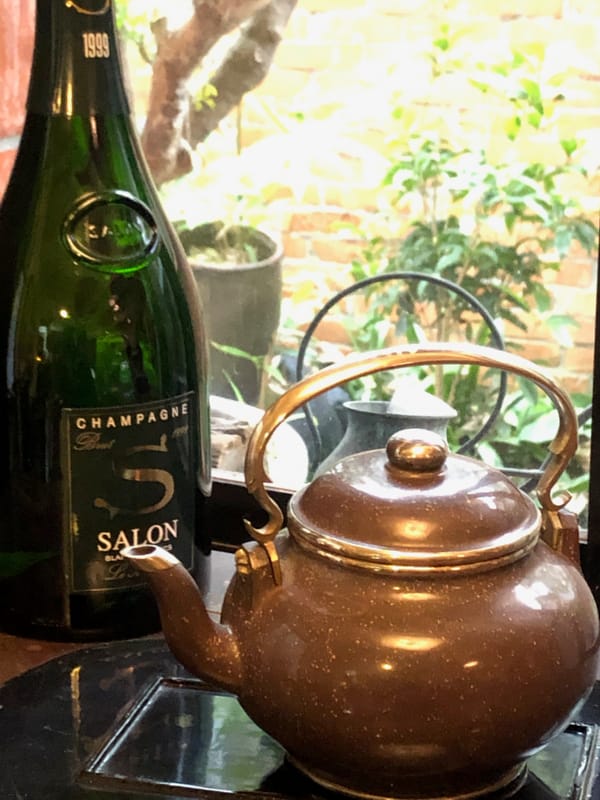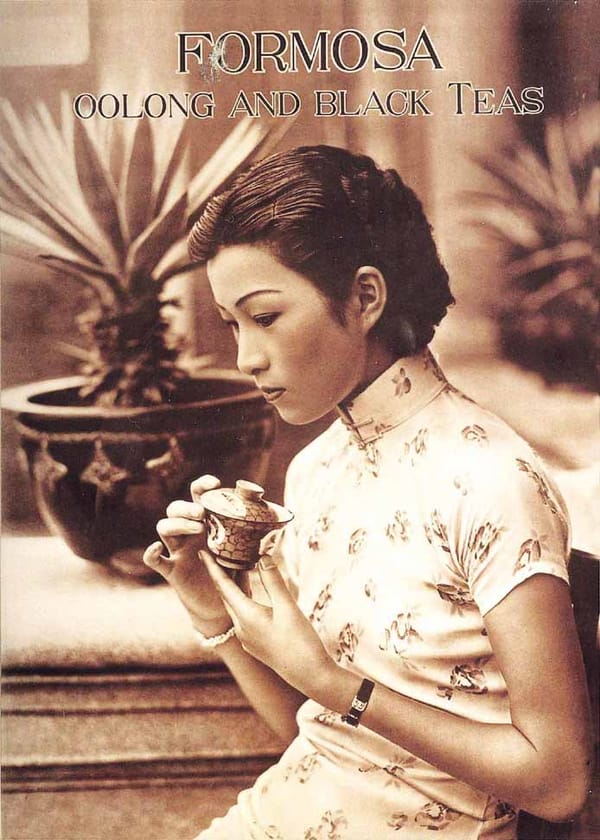Have you ever wondered how an unassuming cup of Taiwanese tea could compose a stunning symphony with the dishes on your table?
In Taiwan, tea is more than a beverage—it’s a witness to history, a vessel of culture, and a bridge between culinary traditions. Today, let’s explore one of the most captivating aspects of Taiwanese tea culture: the magical pairing between tea and food—a sensory feast woven from diverse flavors.
Tea on the Table: An Ancient Dialogue
Many of us grew up seeing elders serve tea before meals “to awaken the palate,” and again after meals “to aid digestion.” This long-standing practice has become part of daily life across the Chinese-speaking world.
But it’s not just habit—it’s wisdom.
“Pairing tea with food is like a carefully choreographed dance; every step has its rhythm and purpose.”
Tea stimulates the taste buds before a meal and balances the palate afterward, completing the dining experience.
Interestingly, this tradition shares a common philosophy with Western wine pairing—except we use tea, not alcohol, to enhance flavor.
Banquet Cuisine & Tea: A Taste of Taiwan’s Culinary Roots
To understand Taiwanese tea pairings, we must talk about jiǔjiā cài—the refined banquet-style dishes once synonymous with high society.
Picture a vibrant banquet hall filled with dishes like squid and pork stew (yóuyú luó ròu suàn), grilled eel with celery, and golden shrimp cakes.
These are the treasures of Taiwanese haute cuisine—now rediscovered as ideal companions to fine tea.
During the Japanese colonial era, the Wanhua and Dadaocheng districts in Taipei were known for elegant banquets that hosted officials and merchants. In these establishments, dishes were elaborate, and the philosophy was “delicate, not filling”—perfectly echoing the refinement of tea culture.
When a refined tea meets an exquisite dish, the harmony elevates the entire experience.
Cultural Fusion on the Palate: What Tea Pairs with What Cuisine?
Taiwan’s cultural diversity is reflected in both its tea and cuisine. Every culinary tradition can find its ideal tea partner—this is the essence of Taiwan’s tea-and-food pairing philosophy.
Which tea best matches the slightly sweet, glazed flavors of Jiang-Zhe cuisine?
Does Cantonese food always need Pu’er to cut the richness?
Besides green tea, what works with Japanese cuisine?
Different teas offer different characteristics—just like instruments in an orchestra. The joy lies in finding that perfect harmony.
Practical Pairing Ideas: Taiwanese Food × Tea
Here are some easy pairing suggestions you can try at home:
- Hakka oil chicken × Dong Ding Oolong
The tea’s floral aroma cuts through grease and finishes with a refreshing aftertaste. - Creamy white sauce pasta × Oriental Beauty
The tea’s natural fruit and honey notes balance the richness of dairy, offering a layered mouthfeel. - Night market fried chicken × Charcoal-roasted Tieguanyin
Its light smoky character mirrors the spice and crunch of Taiwanese fried snacks. - Braised pork belly × Aged Pu’er
The earthy, mellow profile of Pu’er tempers the fattiness and deepens the flavor.
Even high mountain oolong pairs surprisingly well with creamy risottos, offering a brilliant East-meets-West experience that is taking the culinary world by storm.
Tea and Wine: Not Opponents, but Partners
Though tea and wine seem worlds apart, they can coexist beautifully—and even enhance each other’s tasting notes.
Curious about the spark when tea meets wine? Try sipping aged Bordeaux, then a similarly aged Pu’er.
The contrast and resonance create a new sensory dimension at the table.
From Burgundy winemakers to Champagne producers, even Sauternes experts from Sotheby’s are exploring the fusion of tea and wine.
This isn’t East vs. West anymore—it’s a global flavor frontier.
Pairing tea with food and wine with food is no longer a question of tradition—it’s an invitation to discovery.
A Sensory Awakening: The Everyday Practice of Tea Pairing
Taiwan’s tea pairing culture isn’t just about taste—it’s about awakening the senses.
“Wine intoxicates, tea clears the mind, and food nourishes”—together, they create a full sensory and spiritual experience.
In a fast-paced world, slow down. Brew a pot of good tea, cook your favorite dish, and savor this quiet dialogue between flavor and soul.
You don’t need fancy tools or expertise—just curiosity.
With one cup of Taiwanese tea, let every dish on your table carry a note of culture and a touch of everyday warmth.
Let tea, food, and perhaps even wine, compose a sensory trio that captures the vibrant soul of Taiwan’s culinary heritage.



